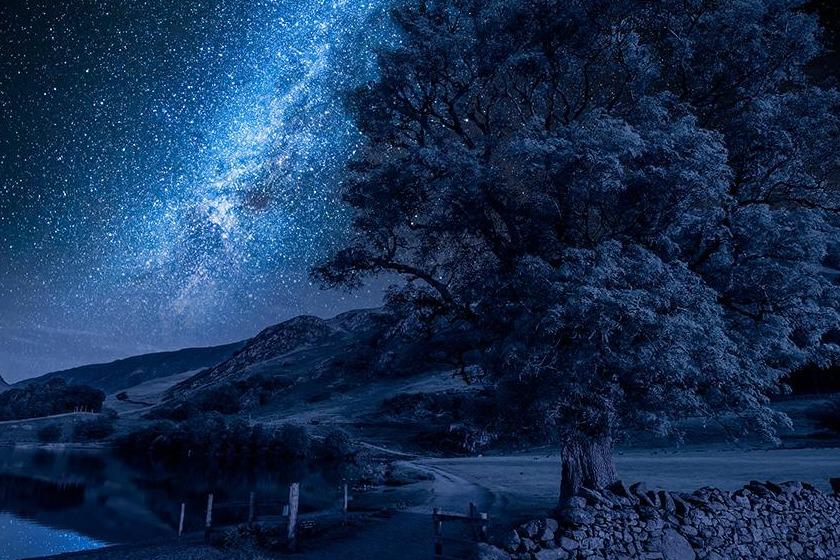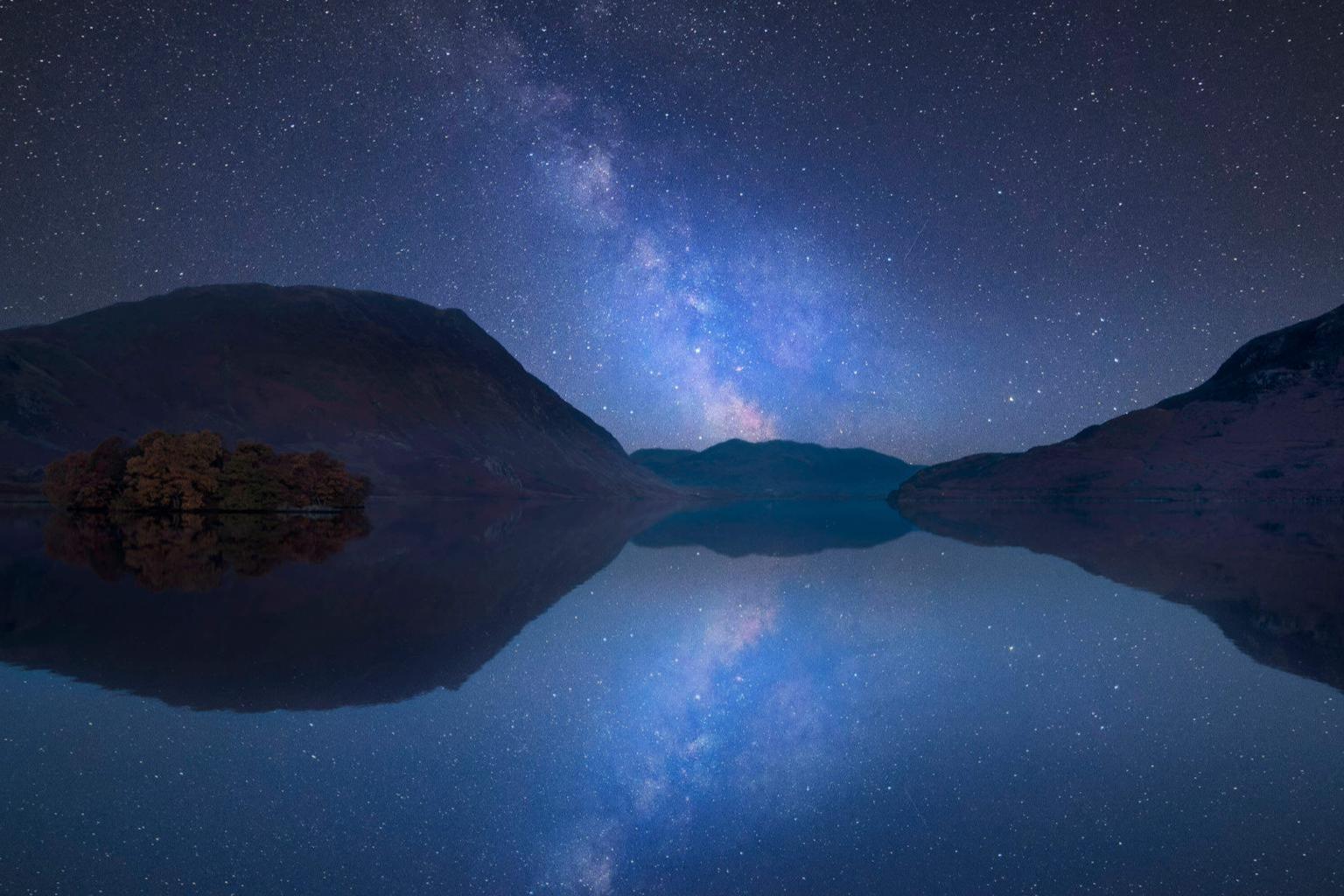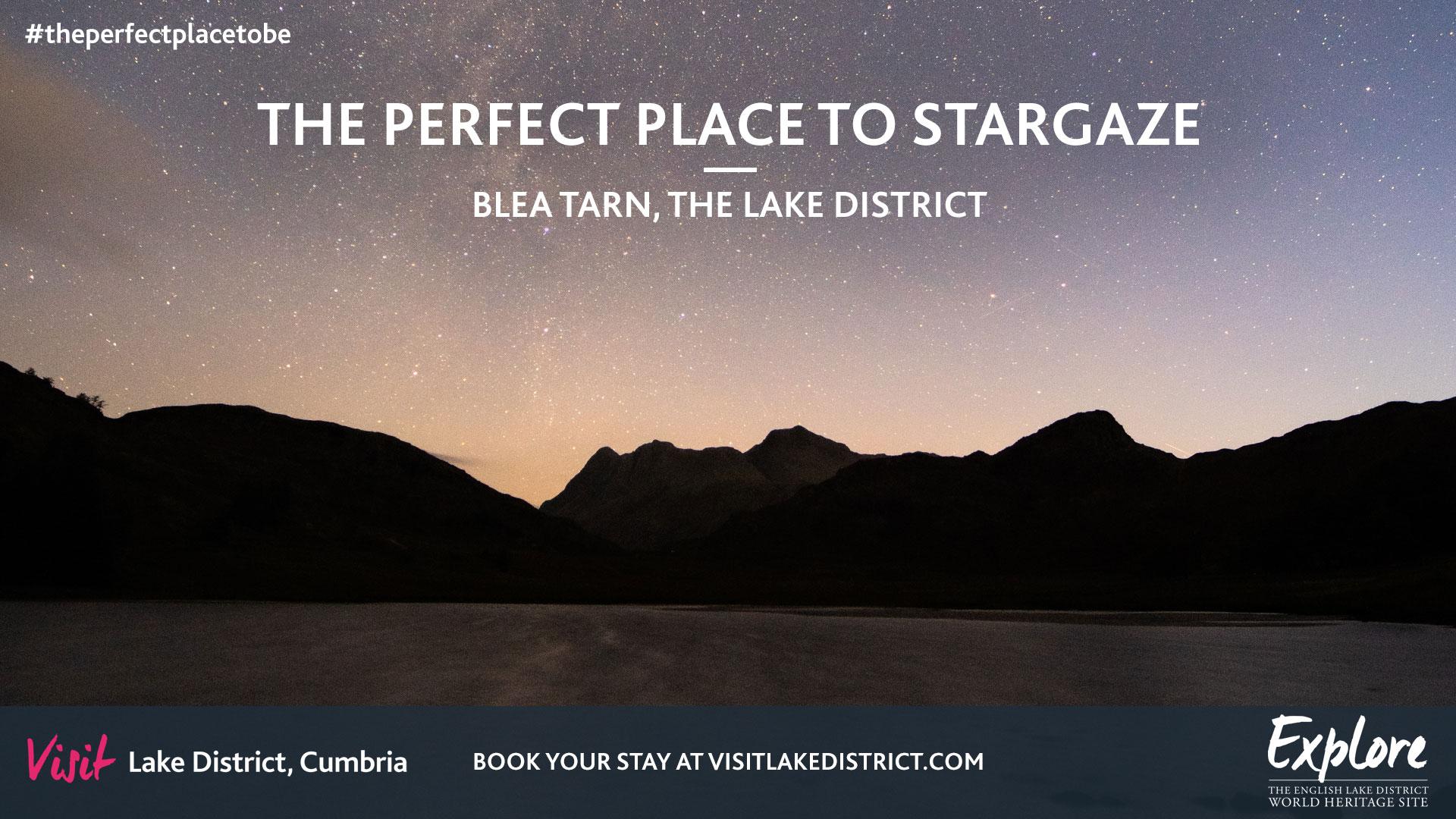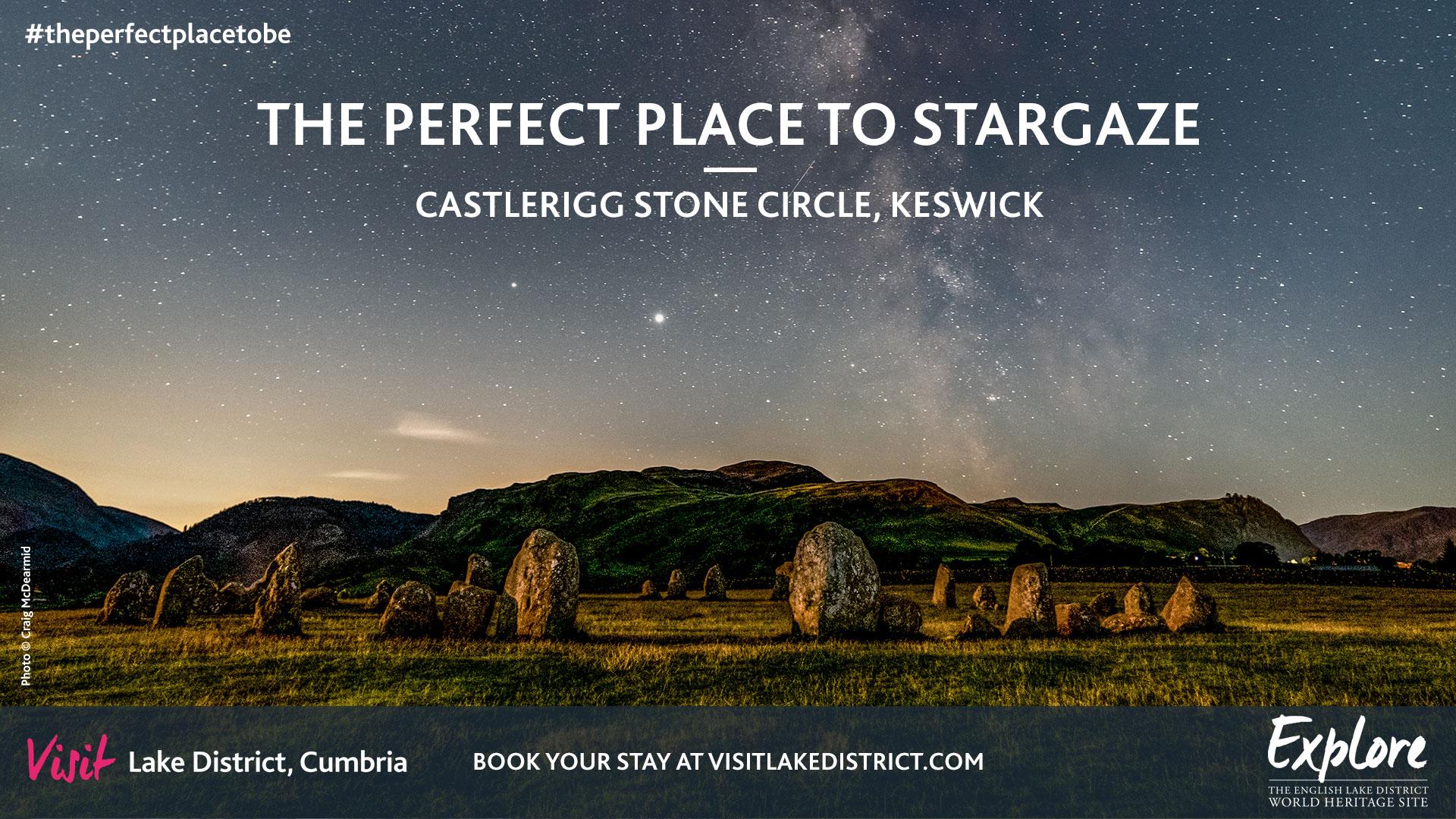

Best Stargazing Spots in The Lake District
If you live in an urban area, you will rarely have the opportunity to enjoy dazzling starry displays, as light pollution affects your visibility. The wide-open, dark skies of the Lake District offer truly incredible vistas and stunning displays of the major constellations, magical shooting stars, and enchanting, shimmering nebulas.
Here are some of the best stargazing spots in the Lake District -
1. Allan Bank, Grasmere
Grasmere was once home to one of England’s most famous romantic poets, William Wordsworth. Allan Bank is a Dark Sky Discovery Site. This historic house nestles amid wooded grounds atop a small hill and is well away from sources of artificial light, making it the perfect spot for stargazing on a clear night. Stargazing events are organised throughout the year, many coinciding with notable astral events, including meteor showers.
2. Grizedale Forest
Grizedale Forest is situated between Lake Windermere and Coniston, extending over 24 kilometres of tarns, hills, and woodland. There is little or no light pollution in this area, meaning that you can look forward to outstanding views of the starry night skies through the forest canopy. You can enjoy regular stargazing events, including guided walks, when you will have the opportunity to wonder at the skies through a powerful telescope.
3. Blea Tarn, Little Langdale
Blea Tarn in the Langdale Valley is a Go Stargazing Site, thanks to its remote but safe location well away from urban light pollution. The carpark is sheltered by trees, but a short and simple walk will take you into the open space surrounding the tarn. The rugged, craggy vista around the tarn makes for a magical backdrop for the views of icy white stars against an indigo night sky.
4. Dockray, Ullswater
Ullswater is one of the most beautiful lakes in the Lake District, and the night skies at Dockray will leave you simply starstruck! Ullswater was the inspiration for many artists and poets, including T.S. Elliot, who must have gazed in wonder at the dazzling night sky panorama many times during his visits to Dockray. You will be treading hallowed ground when you come stargazing here.
5. Thirlmere
Idyllic Thirlmere occupies a small basin of perfect darkness. There is only one building near the reservoir, making this the ideal spot to escape from all ambient light and enjoy the night sky in all its unpolluted glory.
6. Wasdale
Wasdale is home to Scafell Pike, England’s highest mountain, the Lake District’s deepest lake, Wast Water, and England’s smallest church, St. Olaf’s. After spending a leisurely day exploring Wasdale’s record-breaking features, wrap up warm and enjoy a night-time hike around the valley bottom to enjoy the fabulous night skies. The more experienced adventurer will relish a more strenuous walk to view the stars from one of the surrounding peaks, such as Yewbarrow and Great Gable.
7. Friar’s Crag, Derwentwater
Friar’s Crag on the banks of Derwentwater is a stunning location to visit at any time of the day. Friar’s Crag is positioned looking straight into the ‘Jaws of Borrowdale’ and at night you can enjoy a breath-taking view of billions of twinkling stars over the rugged peaks of the Borrowdale Valley.
8. Whinlatter Forest
Whinlatter Forest is found above Bassenthwaite Lake and is England’s only true mountain forest. From this elevated position, you will feel closer to the stars and, when the nights are clear and the moon is full, you can even see the Milky Way.
9. Ennerdale Water
Ennerdale Water is the most remote lake in the whole of the Lake District, and the valley in which it lies is the least populated. There isn’t even a public road running alongside the lake! That makes Ennerdale Water a fantastic location for stargazing. To the east of Ennerdale Water, you’ll find Gillerthwaite Field Centre, which is an accredited Dark Sky Discovery Site for Cumbria, the first in North West England. The Field Centre holds free stargazing events during the year.
Stargazing in The Lake District – Top Tips
Our top tips for a safe, comfortable stargazing experience in the magical Lake District -
Click here for an excellent guide for beginners - 'Stargazing Essentials : top 6 things to see with your first telescope'.
Ivythwaite Lodge/Cottages – Here to Help
Please talk with us in advance of/during your stay if you are keen to stargaze. We can help you by providing -
The best starting point for beginner stargazers - https://gostargazing.co.uk/
App which allows a phone to be held to the sky to reveal the constellations, stars and planets in that direction - https://www.google.com/sky/
App which allows a phone to be held to the sky to reveal the constellations, stars and planets in that direction - https://apps.apple.com/gb/app/skysafari/id1257281849
BBC Sky At Night website - https://www.bbc.co.uk/programmes/b006mk7h
Jodrell Bank’s website, listing the planets, constellations and moon phases visible on specific days - http://www.jb.man.ac.uk/astronomy/nightsky/
Dark Skies Calendar
Stargazing offers the perfect winter activity, generally from October through to March. As the night sky is continually changing, stargazing at different times of the year will mean that you have the chance to spot seasonal constellations.
Winter is the optimum time to enjoy the darkest skies and has the advantage that children do not need to stay up late to participate in stargazing activities. Top Tip: Witnessing a meteor shower is an incredible experience. Look out for the Quadrantids every January.
Summer nights are, of course warmer. However, the skies don’t really get fully dark in June and July. Top Tip: The Perseids meteor shower can be seen from July 17 to August 24, but peaks on August 12.
Spring is a great time for stargazing. The weather is warming up but there are still long hours of darkness. Top Tip: In spring you can still see Orion and the stick figures of Gemini on a clear night.
Autumn, like spring, is a good time for mild nights but offers plenty of after dark hours. Top Tip: The Milky Way is best seen in Autumn when it is high overhead and spans much of the sky.












